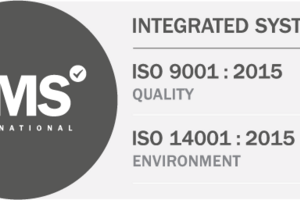26 September 2017
Colour in retail: a little illumination
Selecting sympathetic lighting to enhance products, displays and the overall retail ambience can make a vital difference in converting browsers into purchasers. In the first of a two-part blog, the Lighting Doctor explains why all retailers should do much more than pay lip-service to lighting.
“Just trying to keep my customers satisfied” sang Simon & Garfunkel on their 1970 album track, and while it’s unlikely that Paul Simon was thinking specifically of the retail environment when he wrote the song, the sentiment is nonetheless appropriate. The happier the shopper, the higher the rate of conversion from browser to purchaser and the weight of evidence, suggesting that store environment has a sizeable impact on shopper contentment, grows with every passing year.
As well as display shelves, branded presentational units and general furnishings, in-store lighting is one of the elements with the greatest ability to shape customer behaviour. At the most basic level, it is in the interests of the retailer to light products correctly – particularly if we are talking about clothes or house-hold objects – in order to minimise the number of items returned if they turn out not to look as good at home as they did in-store. But more generally, customers respond to light with different emotions, so the emphasis must be on providing the correct lighting to suit the target group of customers, thereby ensuring they spend more time in the shop and are more likely to make a purchase.
The correct lighting will aim to increase the target group’s sense of wellbeing – and this can start before customers even enter the store! Last year Sweden’s Institute of Technology studied the effects of lighting and shoppers’ retail responses to it, discovering in the process that the majority preferred bold, bright lighting for the windows. Once inside, they inclined towards warmer, brighter lighting, except for shelving units. In these areas, brighter lights that allowed browsers to seriously study items prior to a purchase were preferred. The report also found that vertical lights – which highlight products in the window – are generally more agreeable than horizontal lighting.
With expert guidance from a leading lighting specialist such as Greenlite, the retailer can easily build on these fundamentals and achieve a lighting design that is appealing to shoppers and conducive to encouraging those all-important sales. In the next blog post we will examine how the latest-generation LED systems can make all the difference in this regard.


